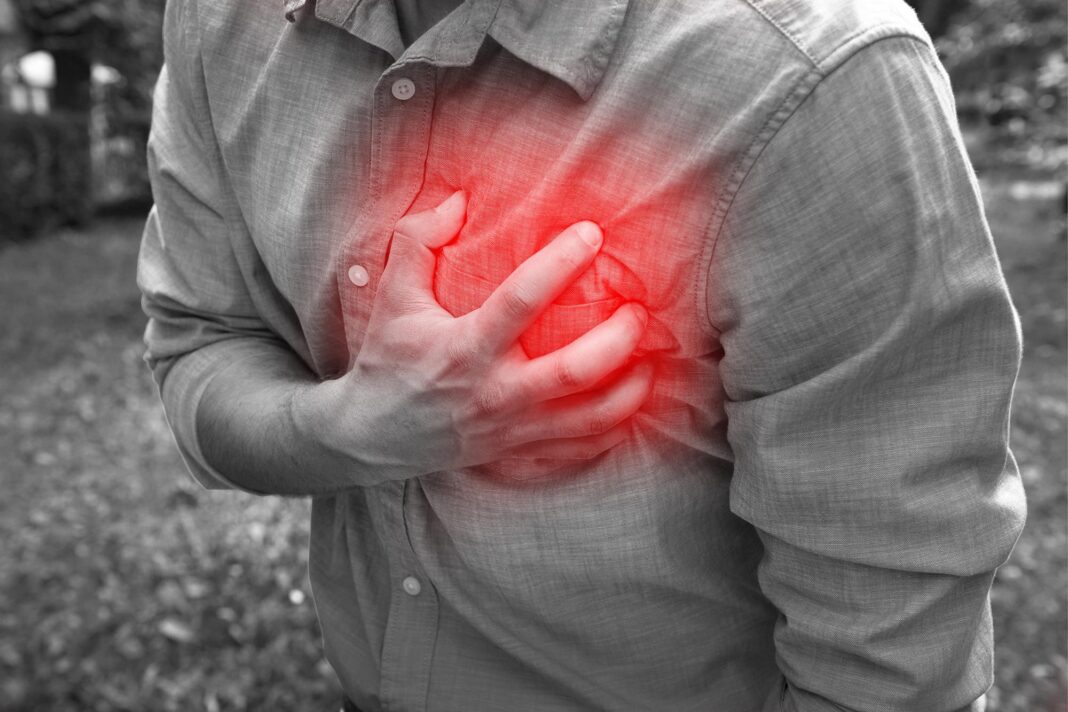A heart attack, also known as a myocardial infarction, is a serious medical emergency that occurs when blood flow to the heart is suddenly blocked.
While many associate heart attacks with intense chest pain, the experience can vary greatly from person to person. Some people feel severe pain, while others may not feel any pain at all.
ALSO READ: Can eating fried fish cause heart failure? Here’s what you need to know
Is a Heart Attack Always Painful?
No, not always. The pain or discomfort experienced during a heart attack varies significantly.
Intense Pain: Some people describe it as a crushing or squeezing pain in the chest that can radiate to the left arm, neck, jaw, back, or even stomach.
Mild Discomfort: For others, it may feel more like indigestion or mild discomfort.
No Pain at All (Silent Heart Attack): Particularly common among women, older adults, and people with diabetes, silent heart attacks can occur without noticeable pain. These are especially dangerous because they often go untreated.
What Does a Heart Attack Feel Like?
For Men: Often described as a heavy weight or pressure on the chest, like “an elephant sitting on the chest.” The pain can spread to the arm, neck, or back.
For Women: May experience pressure or tightness instead of crushing pain. Women are also more likely to experience symptoms like jaw pain, nausea, shortness of breath, extreme fatigue, and upper back discomfort.
Other Common Symptoms of a Heart Attack
Even if you don’t feel chest pain, look out for any of these symptoms, especially in combination, and seek emergency help immediately.
Shortness of breath
Cold sweats
Dizziness or lightheadedness
Pain in the arms, back, neck, jaw, or stomach
Nausea or vomiting
Unusual fatigue
What Causes a Heart Attack?
The most common cause of a heart attack is coronary artery disease, which happens when fatty deposits (plaque) build up in the arteries, reducing blood flow. When a plaque ruptures, it can form a clot that blocks blood from reaching the heart muscle. Less common causes include:
ALSO READ: Why people suddenly slump and die
Coronary artery spasms
Blood clots from other parts of the body (embolisms)
Trauma or injuries to coronary arteries
Congenital heart conditions
Severe lack of oxygen or low blood pressure
What Are the Risk Factors?
Age and Gender: Men over 45 and women over 50 (especially postmenopausal) are at higher risk.
Family History: A history of heart disease in immediate family members increases your risk.
Lifestyle Choices: Smoking, poor diet, lack of exercise, and excessive alcohol intake.
Health Conditions: High blood pressure, high cholesterol, diabetes, obesity, and eating disorders.
What Should You Do During a Heart Attack?
If you suspect you’re having a heart attack, every second counts. Here’s what to do:
Call Emergency Services: Immediately call your local emergency number.
Chew An Aspirin: Aspirin helps thin the blood and can slow the formation of a blood clot. Chew it rather than swallow it whole for faster action.
Stay Calm And Sit Still Or Lie Down In A Comfortable Position: If you’re feeling faint, lie on your left side with your knees bent to maintain blood flow.
Unlock Your Door: If you’re alone, unlocking the door can help neighbours reach you faster if you lose consciousness.
How to Survive a Heart Attack Alone
While being alone during a heart attack is frightening, the steps above significantly improve your chances of survival. Here’s what not to do:
Don’t Force Yourself to Cough Repeatedly: Contrary to myths, this doesn’t help and can worsen your condition.
Don’t Apply Pressure to the Chest: This can cause further damage or complications.
While heart attacks can be painful, not all are. However, the absence of pain doesn’t mean the absence of danger.
ALSO READ: Having trouble urinating? It could be a sign of prostate cancer


